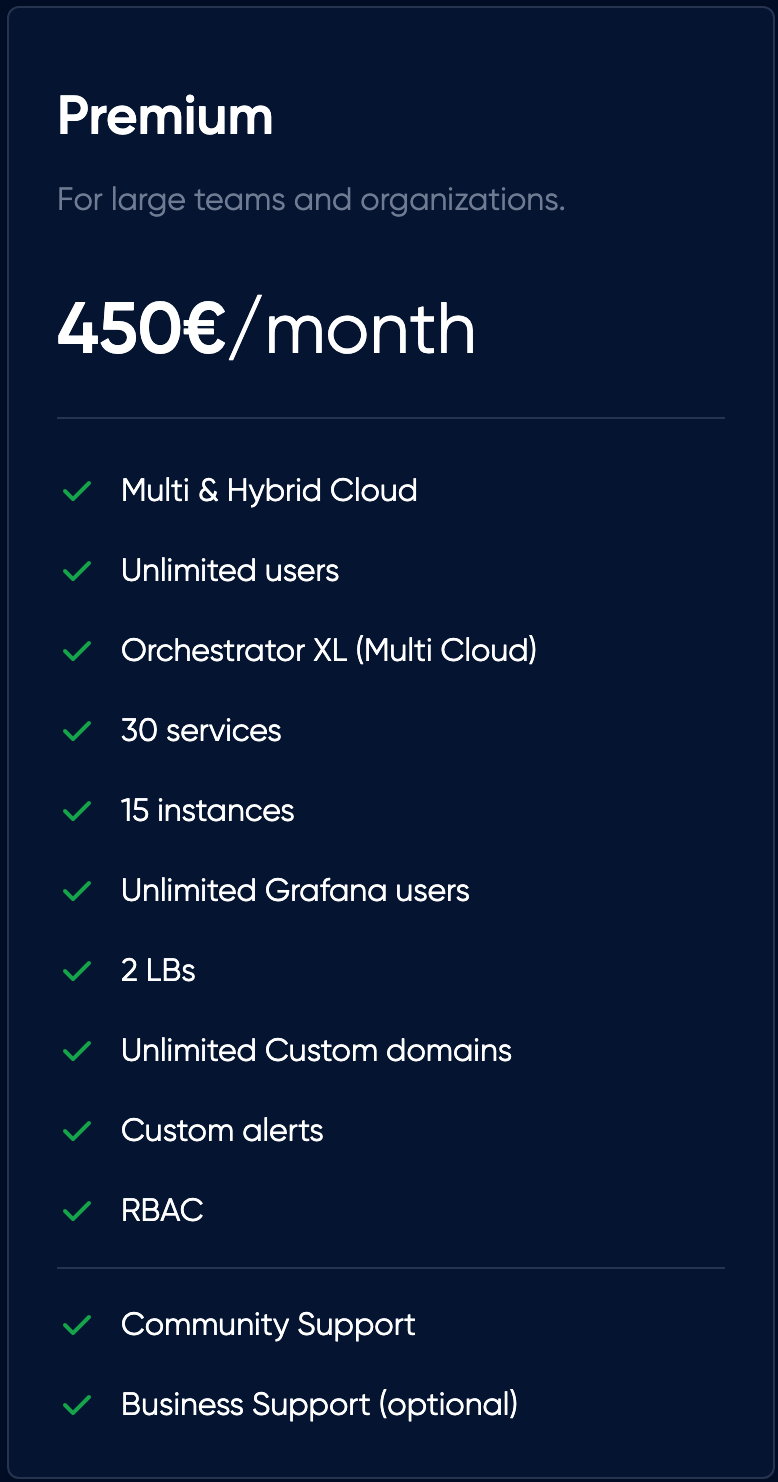The Strategic Importance of Application Portability in the Cloud

The Strategic Importance of Application Portability in the Cloud
In today's rapidly evolving technological landscape, the portability of applications in the cloud has emerged as a strategic priority for businesses. This shift is driven by the need to adapt to changing market conditions, optimize costs, and enhance operational agility. As organizations increasingly rely on cloud services, ensuring that their applications can move seamlessly across different cloud environments has become crucial.
Why Portability Has Become Strategic
Application portability in the cloud allows businesses to avoid vendor lock-in, reduce dependency on a single cloud provider, and leverage the best services each platform offers. This flexibility is essential for maintaining a competitive edge, as it enables companies to quickly adapt to new opportunities and challenges without being constrained by their existing infrastructure. Furthermore, portability supports disaster recovery and business continuity plans by allowing seamless transitions in the event of outages or disruptions with a particular provider.
Challenges Faced by Enterprises
Despite its benefits, achieving application portability presents several challenges. Enterprises often struggle with compatibility issues arising from differences in cloud providers' architectures, services, and APIs. Moreover, migrating applications across clouds can be resource-intensive, requiring significant time and effort to ensure consistent performance and security. Data transfer costs and potential service disruptions during migration further complicate the process.
Innovative Multi-Cloud Approaches
To overcome these challenges, many organizations are adopting innovative multi-cloud strategies. By leveraging containerization technologies, such as Docker and Kubernetes, businesses can package applications with their dependencies, making them easier to deploy across various cloud environments. Additionally, adopting open standards and APIs enhances interoperability between different cloud platforms, facilitating smoother transitions.
Furthermore, a multi-cloud approach allows businesses to select the most suitable services from each provider, optimizing performance and cost-efficiency. By using cloud management platforms and automation tools, organizations can streamline operations, monitor usage, and manage resources across multiple clouds effectively.
Conclusion
In conclusion, application portability in the cloud is no longer a technical consideration but a strategic imperative. By addressing the challenges and embracing a multi-cloud approach, businesses can avoid technological lock-in, enhance their agility, and better position themselves for future growth and innovation. As the cloud landscape continues to evolve, organizations that prioritize portability will be better equipped to navigate the complexities of the digital age.
```